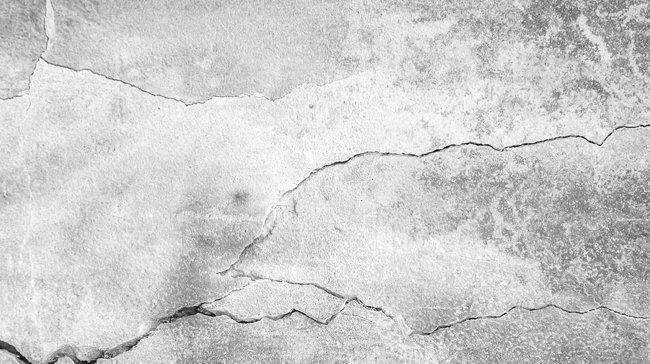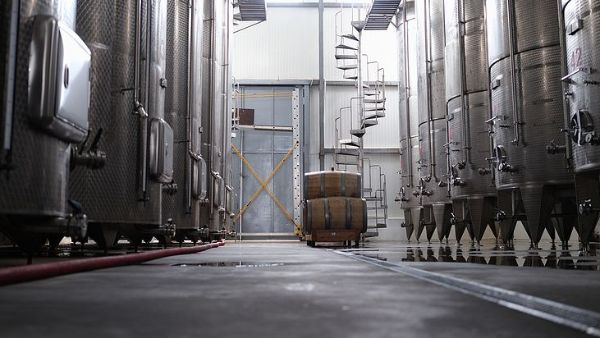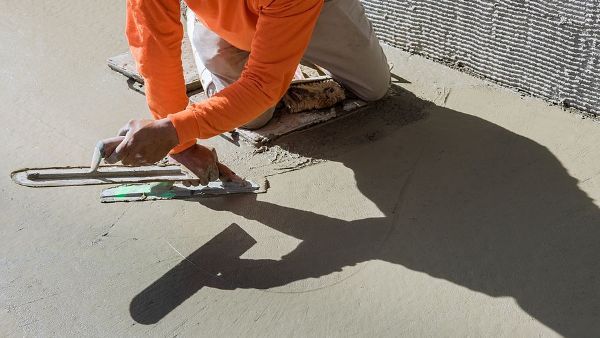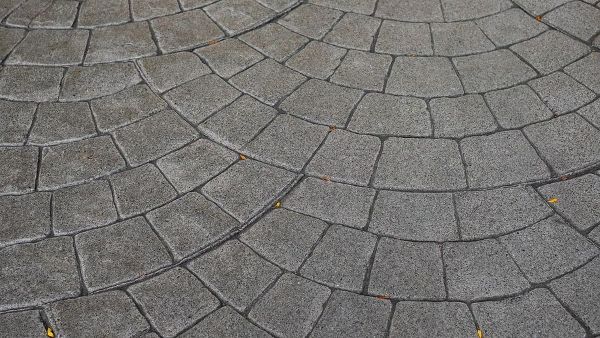5 Tips on How to Care for an Ailing Concrete Patio
Caring for an Ailing Concrete Patio
5 Tips on How to Care for an Ailing Concrete Patio
Civil engineers will tell you that concrete is as important a material to building as anything. It is durable, cost-effective and can be cast into just about any shape. For those reasons and many others, concrete is among the most widely used materials in the world. A good concrete contractor can build you a foundation or structure that is durable and resistant to heat, wind and water.
Even though concrete has scores of applications and is as versatile as any building product on the market, it can be affected by internal and external elements over time. The pouring process has variables that can affect its integrity.
The structural quality of a concrete patio can be affected by the raw materials, the coarse to fine aggregate ratio and the water to cement ratio. It is further impacted by the temperature and humidity in the air during the curing process. Experts recommend pouring concrete within a pretty narrow temperature range between 40 and 60 degrees.
Other environmental conditions can affect the integrity of a concrete patio. Climates prone to freezing temperatures are subject to frost heaves as the ground freezes and thaws. Concrete patios can last for 30 years or longer with proper maintenance. Over time, paying attention to issues as they pop up and applying both preventive maintenance and light repair work can maximize the life and quality of your concrete patio.
1. Repair and Seal Expansion Joints
Expansion joints are incorporated into concrete patios by design to allow for some movement. Over time, though, bugs, water, plants and other materials can take over those spaces. Therefore, the first step to repairing these joints is to clear the joints out of any materials that have taken over the space.
Once the joints are cleaned out, you can apply a self-leveling sealant to repair and seal them. Using a caulking gun, you simply squeeze the compound into the joints. Quikrete products are tremendously successful when applied to all areas of concrete repair. To that point, if you have large gaps that need to be filled, Quikrete backer rods can be used to dam them.
2. Straighten Out Crumbling Corners
Patio corners deteriorate for several reasons, including foot traffic, water and age. A concrete contractor who has been in the business for a while will recognize this as a common problem. We like to see those attractive angles restored when they turn soft.
The first step in this repair process is to apply a concrete and asphalt cleaner to the damaged corner and rinse it thoroughly, removing any loose debris. At this point, you can use a structural concrete repair compound on the damaged area.
These repair compounds are rapid-setting and high strength, which make working on both the horizontal and vertical planes easier than you might think. Once you mix the compound accordingly, you simply trowel the material over the damaged area and recreate the desired shape of the corner.
The curing time for concrete repairs can generally be measured in a few hours unless it is extremely hot and humid. In these conditions, it'll take more than 24 hours to completely cure. In the meantime, keep your repair covered and damp for at least 24 hours.
3. Resurface the Slab
When your slap begins to pitt, spall or crack, you can apply a fresh surface, free of imperfections. Though you can also accomplish this with pavers, it's a bit more cost-effective to simply resurface. As with any repair, a proper cleaning is the first step. The patio should be cleaned with a 3,500 PSI pressure washer to remove all unwanted debris. Quikrete's Re-cap concrete resurfacer makes the job quick and easy. Once the compound has been mixed with water into a syrup-like consistency, it can be squeegeed out over small sections. The next step is to use a concrete broom to apply the non-slip texture to the surface.
4. Fill and Seal Cracking
Concrete will crack for reasons such as improper pouring conditions and ground shifting. A good concrete contractor will apply a flexible caulk-based concrete repair product. This process is as easy as pointing a caulking gun at the crack and filling it. Of course, you'll want to clean the area, remove debris, and smooth out the material with an edge, like a trowel. Fine cracks should be chiseled open so that the repair product can flow into the crack.
5. Employ Pavers for a Cosmetic Makeover
Placing pavers directly over concrete is a way to upgrade your patio. Though pavers can be intimidating, once you've established a pattern, it's a pretty straightforward affair. You can get pavers in various shapes and sizes. An important aspect of laying pavers is to add sand to pitch the patio surface away from the house for proper drainage.
Concrete is the material upon which a large part of the world is built. Foundations, patios, sheds and loads of other structures show off its durable, versatile nature. If you're looking to build, you'll likely need it. Visit our website to learn about the concrete services that we can provide for you and your next building project.





